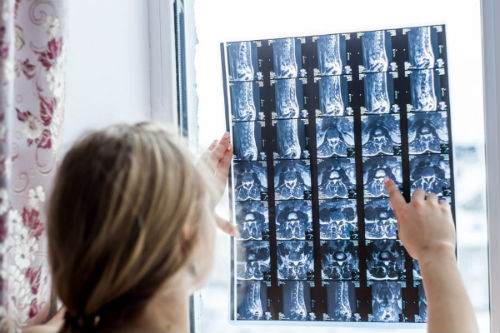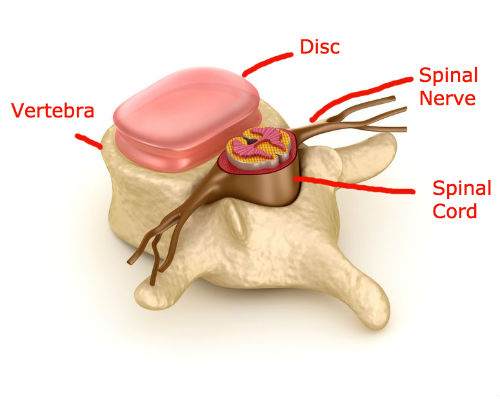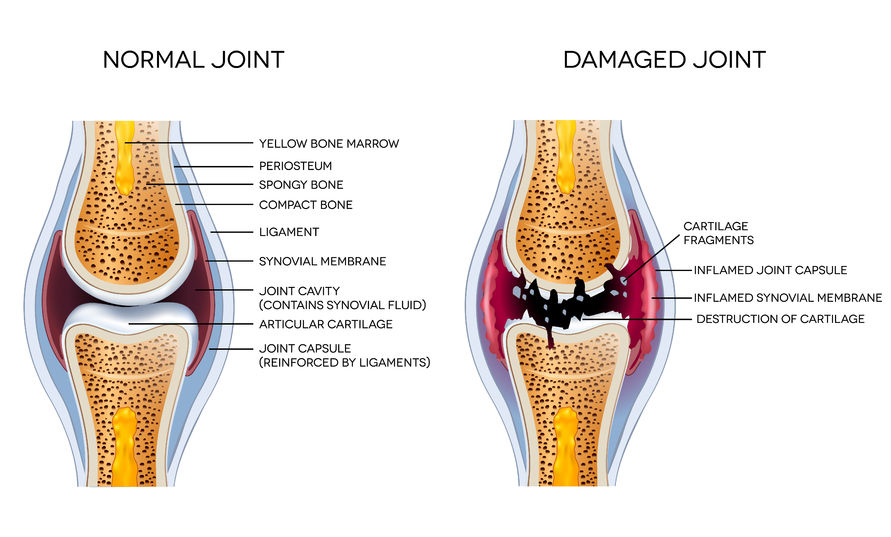Understanding Cauda Equina Syndrome: Causes & Symptoms

Cauda Equina Syndrome (CES) is relatively rare, with an incidence reported at 0.002% in one study. However, it’s noteworthy that another health facility in the United Kingdom reports a higher rate of occurrence, standing at 3.5%.
What is Cauda Equina Syndrome (CES)?

Cauda Equina Syndrome is a rare condition that occurs when the nerves located below the spinal cord become compressed. The spinal cord typically starts just below the brain and is shielded by vertebrae. While most people’s spinal cords terminate around the L1 or L2 region of the lower back, the spine extends further to L5.
Often, Cauda Equina Syndrome is triggered by a disc herniation that exerts pressure on the nerves near the L4 and L5 vertebrae, or the L5 and S1 vertebrae. This pressure impacts the nerves responsible for controlling bowel and bladder functions, sexual activity, muscles, and pain perception. The intensity of the pressure can be substantial enough to cause damage to the nerves, occasionally resulting in permanent impairment.
Causes of CES
The primary and most frequent cause of cauda equina syndrome is disc herniation. However, other potential causes include conditions such as tumours, infections, osteoarthritis, spinal stenosis, and fractures, any of which can contribute to the development of CES.
Cauda Equina Syndrome can manifest with various symptoms, including:
- Bowel incontinence: Inability to control bowel movements, necessitating the use of a diaper. In cases of permanent nerve damage, surgical intervention may be required, leading to the use of a colostomy bag.
- Urinary retention: Difficulty or inability to urinate, even with effort.
- Numbness, tingling, pins & needles, or altered sensation: Typically experienced around the buttock, inside of thighs, and groin.
- Severe lower back pain: While some individuals may experience intense lower back pain, others may have no lower back pain at all.
- Constant severe thigh or leg pain: Often radiating down to the foot or toes, and may occur on both sides.
Navigating Symptoms: Differentiating Cauda Equina Syndrome (CES) from Similar Presentations
1. Ambiguous Symptoms
Individuals often present with symptoms that resemble those of Cauda Equina Syndrome (CES), such as severe lower back and leg pain, urinary difficulties, and occasional bowel incontinence. However, their symptoms may not precisely match CES criteria.
2. Urgency of Evaluation
Given the ambiguity or deterioration of symptoms, it’s crucial to prioritize seeking immediate medical attention, especially when uncertainty arises. Despite initial concerns, many patients ultimately do not require surgical intervention.
3. Sciatica and Leg Weakness
While severe lower back pain with sciatica is common and may not signify CES, the presence of progressively worsening leg weakness warrants careful consideration. Surgical intervention may be necessary to alleviate nerve compression in such cases.
4. Recognizing True Emergencies
Distinguishing between sciatica with gradual leg weakness and genuine Cauda Equina Syndrome is vital. True CES constitutes a medical emergency, necessitating urgent attention at the nearest Emergency Department.
5. Seeking Professional Evaluation
For individuals experiencing slowly progressing symptoms, seeking evaluation from a chiropractor or physiotherapist is advised. These professionals can assist in diagnosing the underlying issue and providing appropriate guidance tailored to the individual’s needs.
Diagnosis and Management of Cauda Equina Syndrome (CES)
Seeking Medical Attention
If you’re experiencing symptoms suggestive of Cauda Equina Syndrome (CES), it’s essential to seek prompt medical evaluation. Consulting with a chiropractor, physiotherapist, or medical doctor is recommended. During the consultation, a comprehensive assessment will be conducted to evaluate your symptoms and medical history.
Diagnostic Process
Your healthcare provider will conduct a thorough examination to assess the location and severity of pain, any associated weakness or sensory changes in the legs, bowel or bladder dysfunction, and other relevant symptoms. They may also inquire about any history of trauma or underlying spinal conditions.
Imaging Studies and Referrals
Based on the findings from the initial assessment, your healthcare provider may recommend imaging studies such as MRI or CT scans to assess the spinal structures. If there is suspicion of Cauda Equina Syndrome, they may refer you promptly to a hospital for further evaluation and intervention.
Urgency of Treatment
Cauda Equina Syndrome is a medical emergency that requires immediate attention. Surgical decompression is typically the primary treatment modality to alleviate pressure on the spinal nerves and prevent irreversible nerve damage. Conservative therapies may be considered for certain spinal conditions, but prompt surgical intervention is essential once CES is diagnosed.
Timely Intervention for Optimal Outcomes
Given the potential for permanent nerve damage and the severity of symptoms associated with CES, timely surgical intervention is crucial for the best possible outcome. If you or someone you know is diagnosed with Cauda Equina Syndrome, seeking immediate medical attention is imperative to mitigate the risk of long-term neurological complications.
Tell us what you think in the comments below and like us on Facebook. This Toronto Downtown Chiropractor will answer all questions in the comments section






